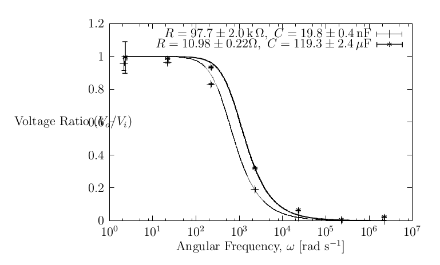Articles in category “Computers”
Blog, Rebooted
After years of dragging my feet, I have finally designed a new theme for my blog, using the Foundation CSS package. Along with the new theme, I have updated the information on all of the static pages and moved it to GitHub pages. Perhaps most importantly, I have renamed and rebranded in order to reflect my evolving identity, both personally and politically; my blog is now called The Political Physicist.
FORD: FORtran Documentation
Over Christmas break I’ve been working on this project to produce documentation for Fortran programs. I’ve (just) managed to finish it before school starts again! Here is the README for it, containing the documentation which I wrote. You can find the code on Github.
A (Not as Brief as I’d Hoped) Fortran Tutorial
Fortran, which stands for FORmula TRANslator, is the oldest high level programming language and remains, albeit with significant improvements, one of the main languages used by physicists. Most computational physics is done using Fortran and this is the language typically used in SMU’s Computational Methods for Physicists class. This introduction will show you how to use various useful features of the language in its modern form. It will do this by defining a problem which we wish a program to solve and then showing how to write such a program.
I Designed a Website
I have recently finished designing a new website for the Saint Mary’s University Astronomy and Physics Society (SMUAPS). I decided to build this website using Pelican (the same software that I use for this blog). The website can be found here.
Gnuplotting, LaTeXing, and Other Made Up Verbs
Anyone who knows me in person and has seen me do any amount of work in physics knows that my preferred graphing software is Gnuplot. The only place where I’ve every really had a problem with Gnuplot is when it comes to including special characters and math in axis labels. What is needed is a way for Gnuplot to be able to work with LaTeX notation.
What I Did Over Christmas Break
Thanks to the wonders of the Internet I now watch almost all movies and TV shows via my computer using an HDMI cable to play them on my television set. The problem with this arrangement is that it prevents me from using my computer for anything else while the video is playing. So, with the extra time I have over the Christmas break I set to work designing a program that, when paired with a Raspberry Pi will allow me to over come this. I present to you: Conetroller.
New Computer, New Linux Distribution
My old laptop was dying and I wanted to replace it before the semester began. The new laptop came with Windows 8 installed and I was not having that, so the choice now became what version of Linux to use. The obvious choice would have been Linux Mint, which I have used ever since moving to Linux. But another Linux distribution which I’d heard interesting things about is called Arch Linux.
Hello World!
Well, I’m starting a blog.






